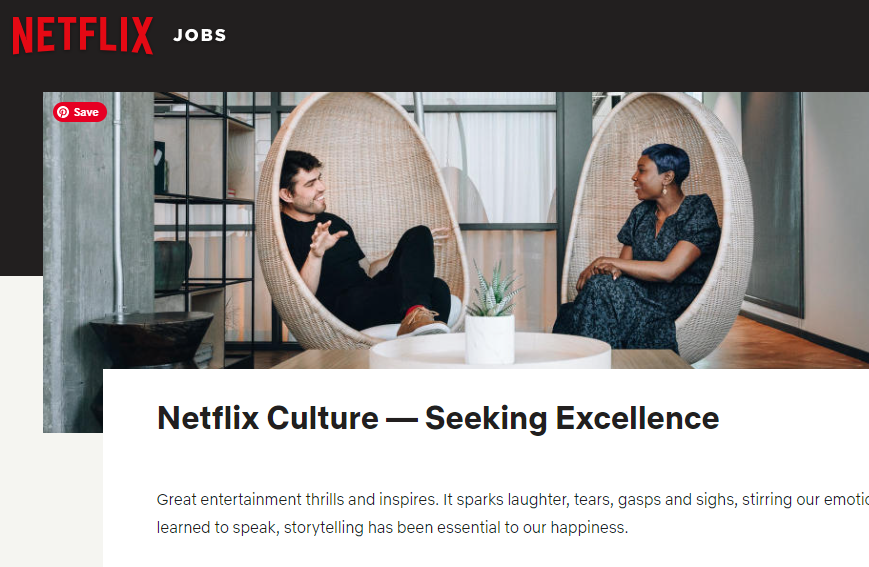Comms About Disney Leadership Changes
/When companies announce leadership changes, they typically include quotes from outgoing executives, but a Disney press release mentions the head of TV only in passing. The focus of the release is on Dana Walden’s promotion to Chairman of Disney General Entertainment Content. The 817-word statement mentions Tim Rice near the end of the first paragraph:
She will have oversight of ABC Entertainment, ABC News, Disney Branded Television, Disney Television Studios, Freeform, FX, Hulu Originals, National Geographic Content, and Onyx Collective. Walden previously served as Chairman, Entertainment, Walt Disney Television and succeeds Peter Rice, who is leaving the Company. Her appointment is effective immediately, and she will report directly to Chapek.
News reports explains that Rice was fired for differences over creative decisions, compensation, etc. The company statement could have acknowledged a bit more and demonstrated integrity and accountability for the decision; otherwise, the press carries the message.
In Walden’s email to employees, she mentions Rice in the 14th of 16 paragraphs:
In reflecting on my own professional journey, I am very fortunate to have worked alongside Peter Rice for a long time. We have been friends for almost three decades and he was my boss for eight years. He is a gifted executive, and I learned a lot from him. I know you all join me in wishing him the best in whatever he chooses to do next.
Of course, this is the right thing to do—and important for employees who may have loyalties to Rice. I respect that she didn’t sugarcoat his departure (and at least Disney isn’t claiming the weasley “mutual agreement” reason for leaving).
As always, leaders communicate by what they say and what they omit. This situation also illustrates a question for business communication students: is this bad news, good news, or a persuasive message? I would argue that it’s all three, depending on your perspective.




















